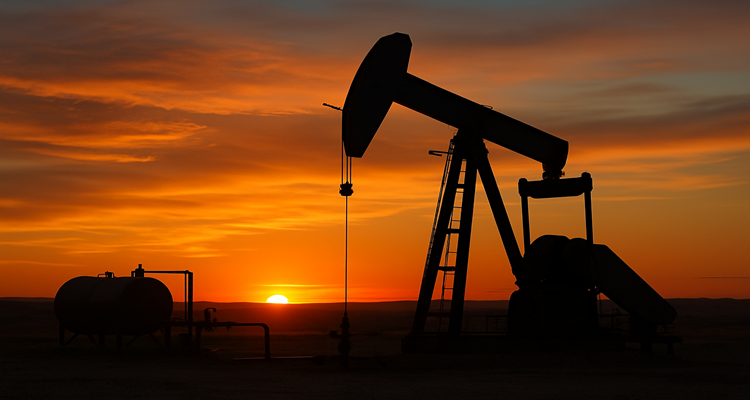India-US Launch NISAR: A Landmark Earth Observation Mission Begins Orbit
India and the US launched the joint NASA-ISRO NISAR satellite, marking a new era in Earth observation to monitor climate, disasters, and surface changes globally.
India and US Launch NISAR Satellite, Ushering in New Era of Earth Monitoring
Sriharikota, India — July 30: A new chapter in global space cooperation was written as India and the United States successfully launched their first joint Earth-observing satellite — the NASA-ISRO Synthetic Aperture Radar (NISAR) — from the Satish Dhawan Space Centre in Sriharikota. The landmark mission aims to track minute changes on Earth’s surface, helping humanity better understand natural disasters, climate change, and environmental degradation.
Forging a Space Partnership: A Decade in the Making
The launch marks the fruition of a partnership forged in 2014, when NASA and the Indian Space Research Organisation (ISRO) signed an agreement to co-develop the NISAR satellite. After years of collaborative engineering and mission planning, the result is a pioneering mission designed to monitor the Earth with unprecedented accuracy.
The 51.7-meter tall GSLV F-16 (Geosynchronous Satellite Launch Vehicle) lifted off with precision, carrying the 2,393 kg NISAR satellite into a Sun Synchronous Polar Orbit (SSPO) approximately 745 kilometers above Earth. The launch was completed in just under 19 minutes.
What Makes NISAR Special?
NISAR is the world’s first radar imaging satellite to use dual-frequency bands — L-band and S-band — enabling it to detect surface changes of less than a centimeter. These minute shifts may precede or follow major geological events like earthquakes, landslides, volcanic eruptions, or even subtle changes in vegetation and hydrology.
Key features of NISAR include:
- Dual-band Synthetic Aperture Radar (SAR):
The L-band radar, developed by NASA, excels in penetrating forests and ice to measure soil moisture, forest biomass, and ground movement. ISRO’s S-band radar complements this by monitoring agriculture, infrastructure, and grassland ecosystems. -
All-weather, Day-and-Night Operation:
- Using advanced radar imaging, NISAR can collect high-resolution data regardless of cloud cover or lighting conditions — essential for real-time environmental monitoring.
-
Scan Coverage and Frequency:
- NISAR will scan nearly all Earth’s land and ice surfaces twice every 12 days, offering a near-continuous stream of data to track change over time.
A Technological Symphony: NASA and ISRO Contributions
This mission exemplifies the power of international collaboration. NASA provided the L-band radar system, high-rate communication subsystem, GPS receivers, a solid-state recorder, and payload data processing units. ISRO contributed the S-band radar, spacecraft bus, the GSLV launch vehicle, and all associated launch operations.
Such joint contributions reflect the growing synergy between the world’s leading space agencies, with the mission being a cornerstone of the US-India strategic technology partnership.
Expert Reactions: “A Giant Leap for Earth Science”
Dr. Mylswamy Annadurai, former ISRO program director, called the NISAR launch a “turning point in global Earth science collaboration.”
NASA’s Earth Science Division Director, Dr. Karen St. Germain, noted:
“NISAR will give us a deeply detailed, real-time picture of Earth’s dynamic surface — from glaciers melting in the Arctic to deforestation in the Amazon.”
Public response on social platforms also reflected growing excitement around scientific cooperation and global environmental awareness.
Climate, Disasters, and Policy: Why NISAR Matters
NISAR’s significance goes far beyond space science. It is poised to revolutionize how we understand the Earth’s systems — particularly forests and wetlands — which are vital carbon sinks.
-
Climate Impact Monitoring:
- Forests store carbon in tree biomass; wetlands capture it in organic soils. Disturbances in these systems can release stored carbon dioxide and methane into the atmosphere — accelerating global warming.
-
Disaster Preparedness:
- By detecting micro-movements in Earth’s crust, NISAR can help identify early signs of earthquakes, landslides, or volcanic eruptions. Its near-real-time data may offer governments a critical window to prepare and mitigate disaster impacts.
-
Infrastructure and Agriculture Planning:
- The satellite’s data will help monitor urban expansion, subsidence, crop health, and irrigation patterns — enabling better land and resource management.
What Comes Next?
NISAR will spend its next few weeks in orbit calibrating its instruments before beginning full-scale scientific operations. Once functional, its data will be made available to scientists, policymakers, and international agencies working on climate action and disaster management.
The mission is expected to last a minimum of three years, with possibilities for extension. Its findings could influence global climate models, early warning systems, and sustainable development strategies across continents.
Conclusion: A Launch That Echoes Across the Planet
The successful launch of the NISAR satellite is not just a technological milestone — it is a global environmental promise. In an era when climate uncertainty looms large and disasters are growing more frequent, tools like NISAR provide clarity, foresight, and scientific unity.
For India and the United States, this mission reflects not just shared ambitions in space, but a shared responsibility on Earth.
Disclaimer : This article is a journalistic interpretation based on publicly available information as of July 31, 2025. Data, mission outcomes, and timelines are subject to change based on official updates from NASA and ISRO.











